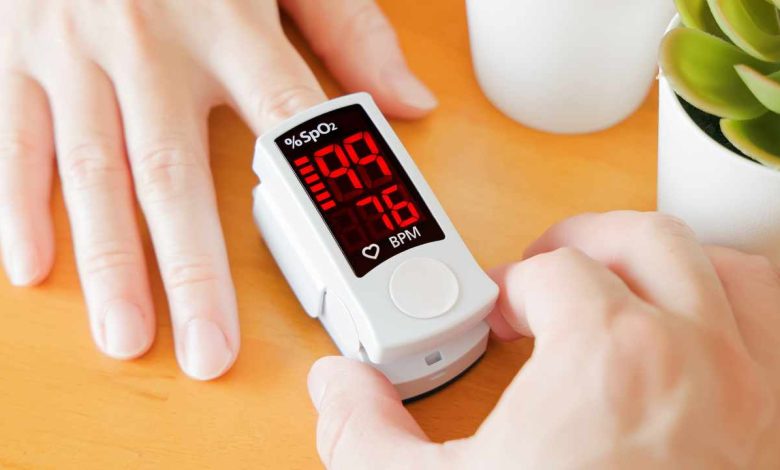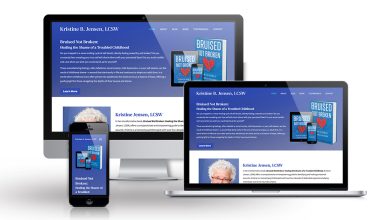Understanding the Vitality of Pulse Oximeters in Healthcare
Understanding the Vitality of Pulse Oximeters in Healthcare

Pulse oximeters have become an integral part of healthcare monitoring, providing invaluable insights into a person’s oxygen saturation levels. Understanding their significance, functionality, and various applications is crucial for both medical professionals and individuals concerned about their health and wellness.
Introduction to Pulse Oximeter
Pulse oximeters are medical devices designed to measure the oxygen saturation level in the blood. They work by emitting light wavelengths through the skin, detecting the amount of oxygen carried by hemoglobin. This non-invasive method has revolutionized the way oxygen levels are monitored, offering quick and accurate readings.
How Pulse Oximeters Work
Pulse oximeters utilize two light wavelengths, typically red and infrared, to analyze the oxygen saturation level. These wavelengths pass through the skin and blood vessels to determine the ratio of oxygenated hemoglobin to total hemoglobin. The device then calculates the oxygen saturation percentage, providing real-time results.
Importance of Pulse Oximeters in Healthcare
Monitoring Oxygen Levels
Pulse oximeters play a crucial role in assessing oxygenation status, especially in patients with respiratory conditions such as asthma, COPD, or pneumonia. They provide healthcare professionals with essential data to monitor oxygen therapy effectiveness and make informed treatment decisions.
Early Detection of Respiratory Issues
By regularly monitoring oxygen saturation levels, pulse oximeters enable early detection of respiratory issues or hypoxemia. This proactive approach allows for timely intervention, reducing the risk of complications and improving patient outcomes.
Tracking Fitness Levels
Beyond medical applications, pulse oximeters are increasingly used by fitness enthusiasts to monitor their oxygen saturation during workouts or high-altitude activities. By tracking changes in oxygen levels, individuals can optimize their training routines and prevent overexertion.
Types of Pulse Oximeters
There are several types of pulse oximeters available, including finger pulse oximeters, wrist pulse oximeters, and handheld pulse oximeters. Each type offers unique features and advantages, catering to different user preferences and medical needs.
Benefits of Using a Pulse Oximeter
Portable and Convenient
Pulse oximeters are compact and portable, allowing users to monitor their oxygen levels anywhere, anytime. Whether at home, in a healthcare facility, or during outdoor activities, these devices offer convenience and peace of mind.
Non-invasive Monitoring
Unlike traditional blood tests, pulse oximeters provide non-invasive measurements, eliminating the need for needle pricks or blood draws. This non-threatening approach makes them suitable for all age groups, including children and elderly patients.
User-friendly Interface
Modern pulse oximeters feature intuitive interfaces and user-friendly designs, making them accessible to individuals with varying levels of technical proficiency. Clear displays and simple instructions ensure accurate readings and hassle-free operation.
Choosing the Right Pulse Oximeter
When selecting a pulse oximeter, several factors should be considered to ensure optimal performance and reliability. These include accuracy, display features, battery life, and durability. Investing in a high-quality device tailored to specific needs is essential for accurate monitoring.
Proper Use of Pulse Oximeters
To obtain accurate readings, proper placement of the pulse oximeter on the body is crucial. Typically, the device is clipped onto the fingertip, earlobe, or toe, ensuring a stable connection and adequate blood flow. Understanding the significance of oxygen saturation readings is also essential for effective interpretation.
Applications Beyond Healthcare
Pulse oximeters have applications beyond the medical field, including aviation, sports, and high-altitude activities. Pilots use pulse oximeters to monitor oxygen levels during flights, while athletes track their performance and recovery during training sessions.
Common Myths about Pulse Oximeters
Myth: Pulse Oximeters Are Only for Medical Professionals
Contrary to popular belief, pulse oximeters are not limited to healthcare settings. They are widely available for personal use and offer valuable insights into oxygen saturation levels for individuals concerned about their health and wellness.
Myth: Pulse Oximeters Can Replace Medical Consultation
While pulse oximeters provide useful data for self-monitoring, they should not replace professional medical consultation. Interpretation of oxygen saturation levels requires clinical expertise, and any abnormalities should be discussed with a healthcare provider.
Tips for Maintaining Your Pulse Oximeter
Regular calibration, cleaning, and proper storage are essential for maintaining the accuracy and longevity of a pulse oximeter. Following manufacturer recommendations and routine maintenance practices ensures reliable performance and optimal results.
Future Trends in Pulse Oximetry Technology
Advancements in pulse oximetry technology continue to evolve, with a focus on wearable integration, data analysis, and connectivity. Future innovations aim to enhance user experience, facilitate remote monitoring, and improve patient outcomes.
Conclusion
Pulse oximeters are indispensable tools for monitoring oxygen saturation levels in healthcare and beyond. Their portability, accuracy, and ease of use make them valuable assets for individuals striving to maintain optimal health and well-being. By understanding their functionality, choosing the right device, and interpreting readings effectively, users can harness the full potential of pulse oximeters for improved quality of life.









